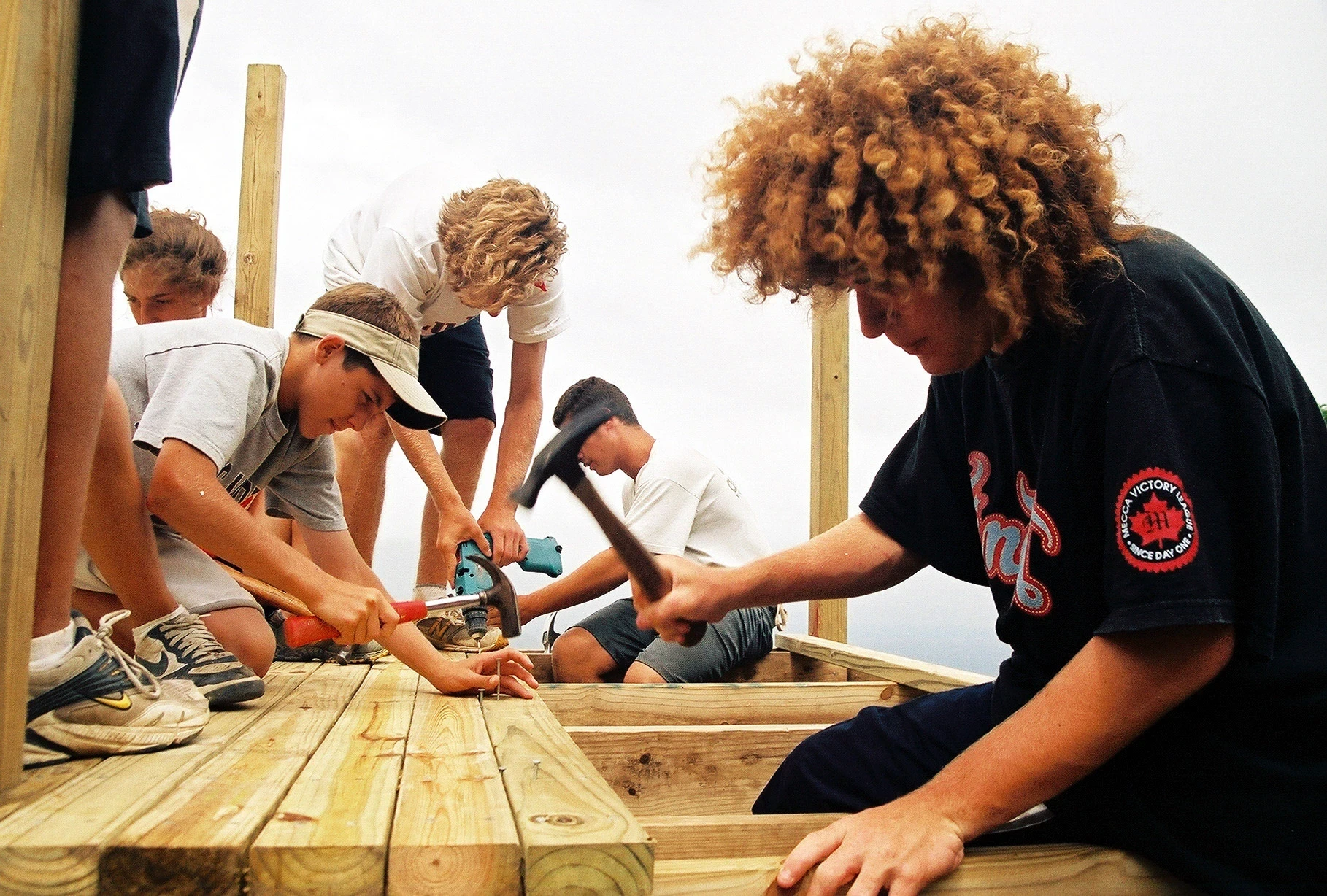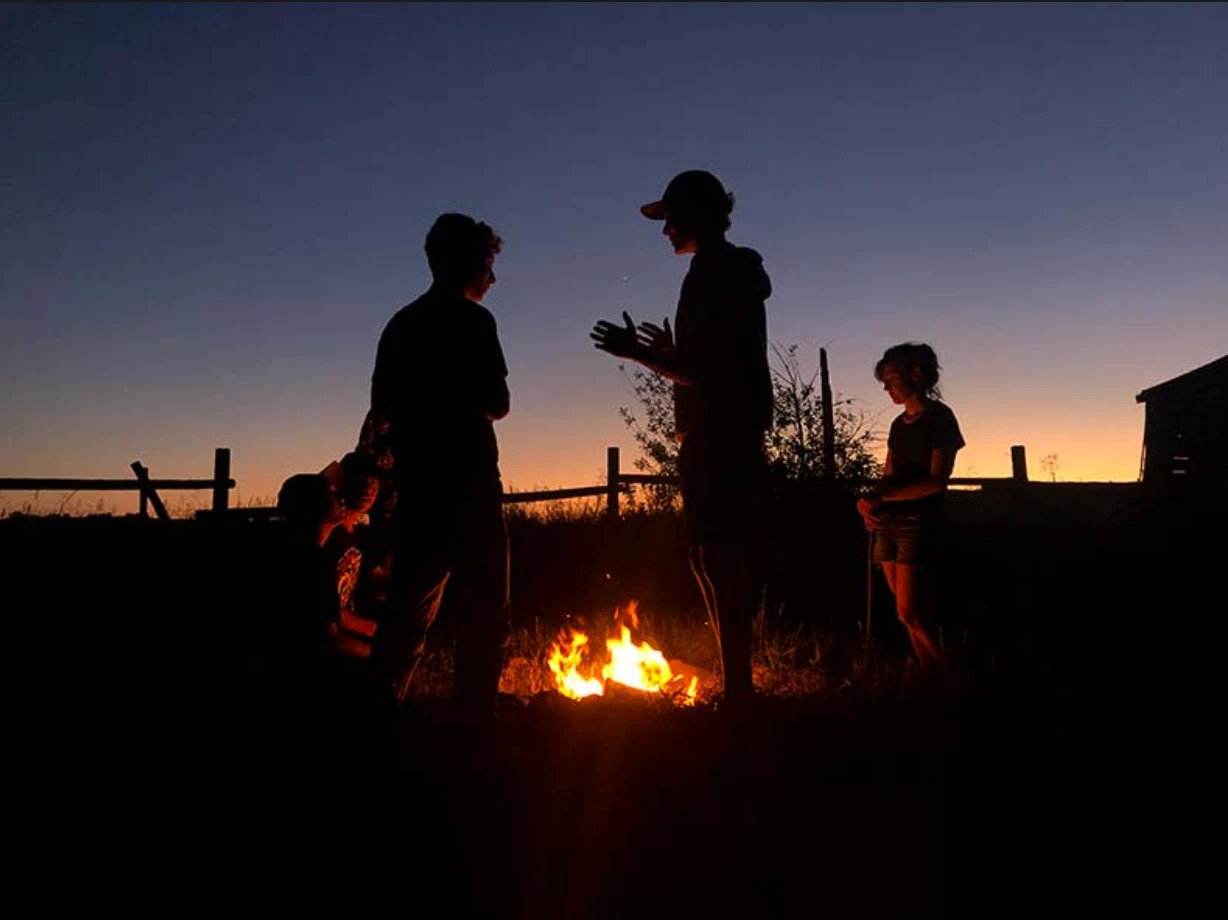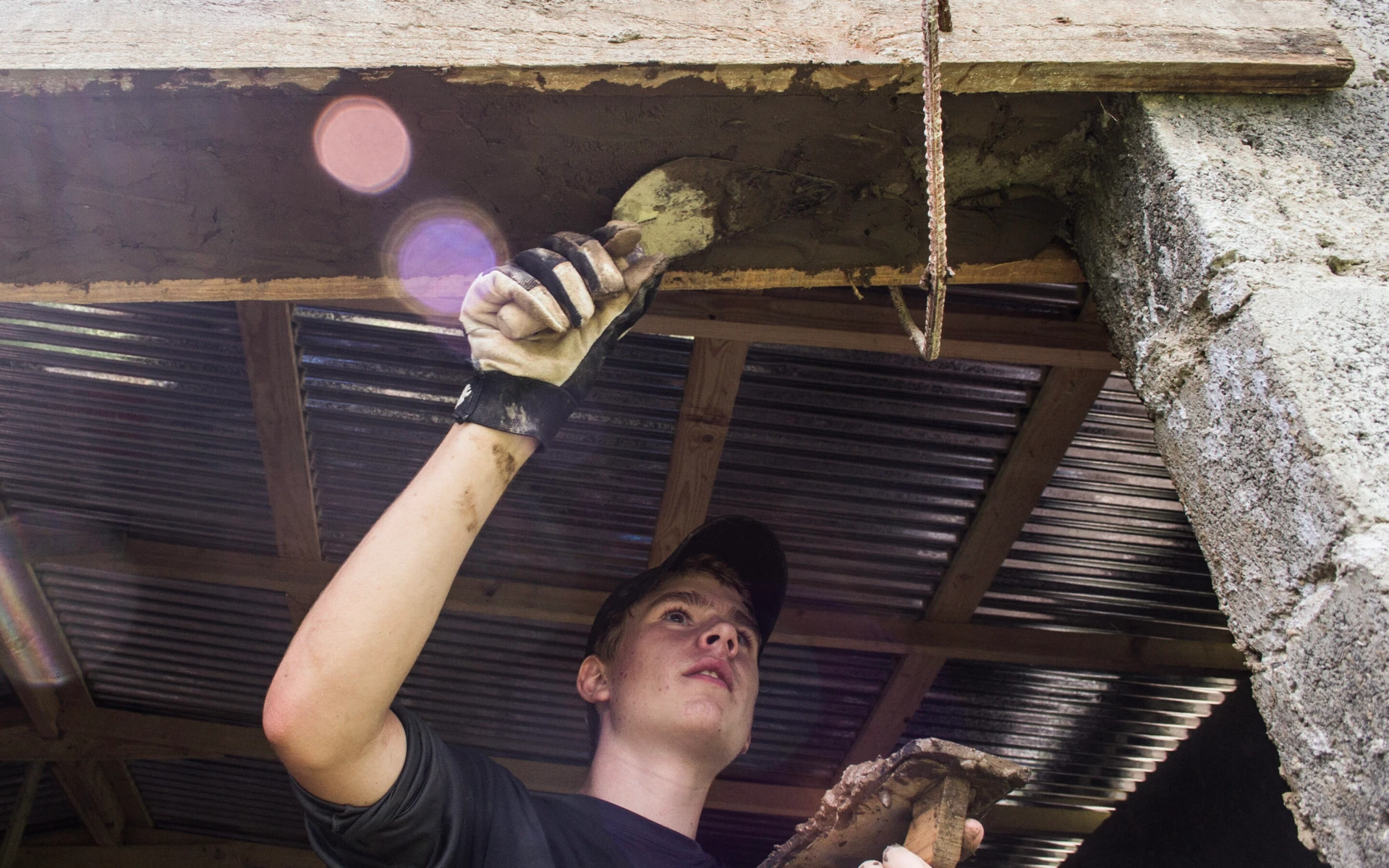VISIONS Mississippi teen summer volunteer program takes place in a small community just outside Gulfport, called Turkey Creek. The struggle to preserve the community and the surrounding environment, its history and heritage, are the subject of an upcoming documentary. The following is an excerpt from an interview with the filmmaker. For the full interview and a 7 minute preview of the film, please follow the link.
Turkey Creek: Preview and Q & A with Filmmaker Leah Mahan
November 16, 2007
While investigating the state of Katrina recovery along the Mississippi Gulf Coast, JOURNAL producer William Brangham met a local community activist named Derrick Evans. For several years, Evans has been trying to protect his hometown community — the historic black settlement of Turkey Creek, Mississippi. Filmmaker Leah Mahan has been following Derrick Evans and the story of the fight to save Turkey Creek for several years.
Founded by freed slaves in 1866, Turkey Creek thrived for generations but was facing environmental and preservation challenges even before Hurricane Katrina struck. While Turkey Creek is on the National Register of Historic Places, Mississippi Heritage has put the community and environs on its list of most endangered sites for 2007.
Q: What is the subject of your documentary?
A:”Turkey Creek” tells the story of a handful of determined Mississippians who’ve struggled to save their endangered community in the wake of Hurricane Katrina. They’re descendants of emancipated slaves who settled on the Gulf Coast in the 1860s. They’ve been stewards of Turkey Creek’s rich wetland habitat for generations, where they farmed, fished, hunted and were baptized.
Q: Do you remember your first impressions of the place?
A: I went there for the first time in December of 2001. Derrick asked if I’d come with him on a trip to try to collect some oral history and to learn more about what was happening to Turkey Creek as Gulfport grew. I remember how striking it was to turn off a road that could be anywhere in America – with the Walmart, the car dealerships, the fast food restaurants – and round the bend to find this place with towering oak trees and tiny homes that seemed frozen in time. As we met Derrick’s relatives and neighbors I was moved by how deeply people were connected to this place and to the land. The creek and the woods surrounding it were like an oasis in the middle of an industrial and commercial area.
Q: You first went to Turkey Creek well before Katrina hit, and there was quite a fight brewing. What was going on?
A: A few years before I arrived, the Turkey Creek cemetery had been bulldozed for new commercial development. I remember visiting the site for the first time with Dozier Hines, who took care of the cemetery. He’d been ill and hadn’t been able to make the trek through the woods to check on the cemetery for a while. When he did, the whole area had been flattened. All of the traditional wooden markers were gone and just a few headstones were left. It’s a long, sad story, but this was a wake up call and from that point forward local residents began making themselves heard, at city council meetings, speaking to the press. It seemed there was a steady stream of new development proposals that would impact the community and watershed. They were coming from all directions. I remember when we learned that a new airport access road had been proposed that would go through Dozier Hines’ house.
The biggest development was proposed by a Louisiana man who’d bought 1,300 acres in the Turkey Creek watershed. The local Sierra Club joined with the African American communities along the creek to stop his proposal. They argued that the project would destroy wetlands and cause more flooding in neighborhoods that were already suffering from poor infrastructure and increased runoff from all the new development. The Lawyers Committee for Civil Rights and others got involved. At one point the mayor got upset that opponents of the project were getting too much attention in the local paper. He called a meeting with the editorial board and made the mistake of telling a reporter that the problem was that the people fighting this development were “dumb bastards.” The outrage over this only strengthened the effort to stop the development. The developer eventually withdrew his permit request to the Army Corps of Engineers, saying he’d be back with a new proposal.






